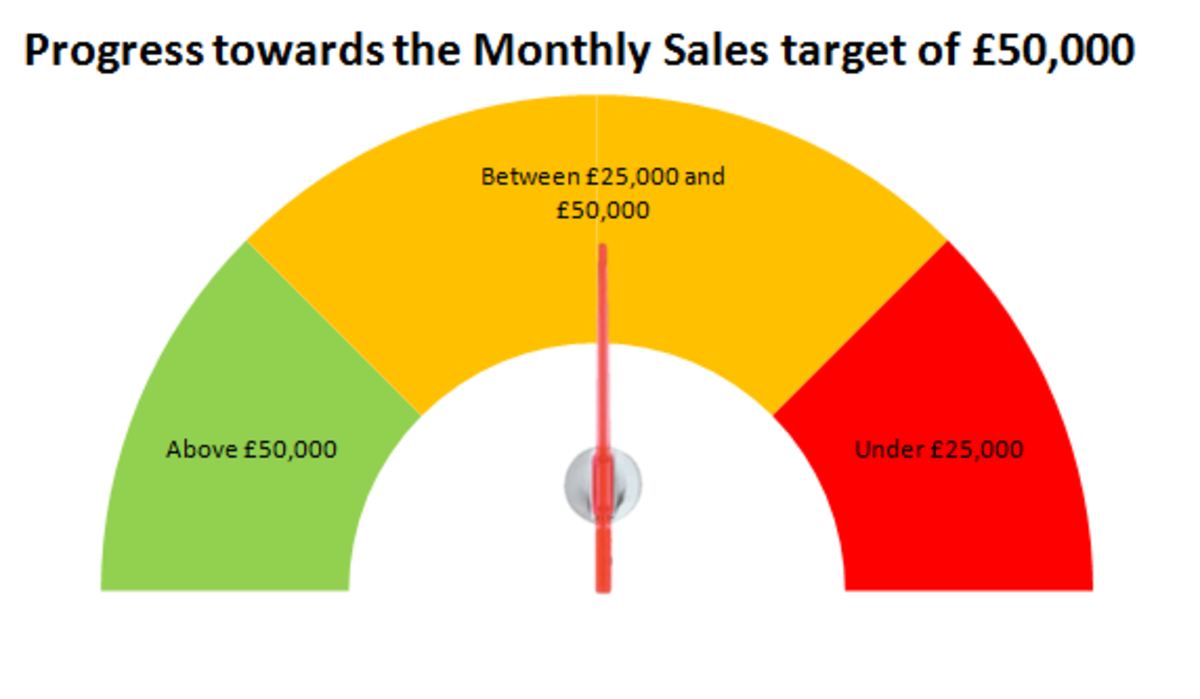How to Use the Wayback Machine on the Internet Archive's Website

Have you ever visited a website you had bookmarked years ago, only to find the particular page no longer exists? What if there was a way to go back in time and revisit sites like this, regardless of how old they are or how long they've been down?
There may be a way to do just that, provided the site was indexed by The Wayback Machine.
What Is It?
The Wayback Machine was created by the Internet Archive as a way to access archived site changes by date allowing users to see older versions of websites.
Ultimately, this is akin to taking a clickable photograph of the site, preserving it exactly as it is at that moment in time.
Archived website information is obtained through crawls done by the Internet Archive and Alexa.
While website owners cannot request that the Internet Archive crawls their site, they can ensure that indexing is more of a possibility by downloading Alexa's browser toolbar, and requesting Alexa crawl the site.
Tips & Tricks
The system is not setup to use keywords, so you cannot search it like you would search Google.
Additionally, you will need a little patience when searching, because of how the results are generated.
How to Search
The Wayback Machine can be a valuable research tool if you know how to use it.
To search, simply type in (or paste) the URL of the website you want to view, and then click on the ‘Take Me Back’ button.

You will be taken to a screen showing the current year’s calendar. Anything highlighted in blue is an item you can click on and view.
But these aren’t the only archived items you have access too. Notice the graph at the top of the page that has black bars and different years listed? That’s also archived information that you can view. Simply click on the year to display that year's calendar. Whichever year you are viewing will be highlighted in yellow at the top.
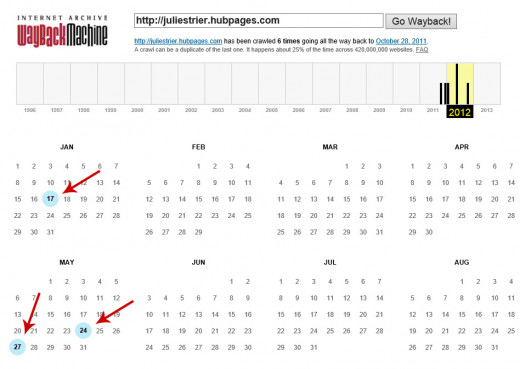
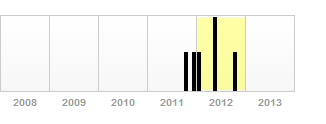
Patience is key!
This is where your patience comes into play. If you are looking for a particular revision of a site, you may have to click through several years and several different months or days to find what you are looking for.
About the Year Bar Graph
During each year, the black bars shown represent the number of times that particular site was indexed.
Less active sites and sites that were less frequently indexed will only show a bar or two for that particular year, whereas sites that are more frequently indexed may appear as solid black for the entire year. As long as there are some black lines showing for a particular year, there is information you can access.
To view the different versions of the site you researched, click on the year you want to view. This will bring up the calendar for the year. Anything highlighted in blue on the calendar is information you can access.
To find what you are looking for, click on one of the blue dots on the calendar and it will take you to the version of the site for that particular date.
Snapshots
Some websites, particularly larger ones like Google or Yahoo, may have days where there are multiple snapshots of the site taken on the same day.
Luckily it’s easy to tell which days have more snapshots - just look at the size of the blue dot on the calendar. Dates with larger dots have more snapshots compared to dates with smaller dots.
Hovering over each highlighted day will allow you to see a listing of snapshots. Each entry is a link that will take you to that particular version of the site for that day.
Snapshots can be fun, especially on dates when lots of information is changing rapidly on a page. If you flip through different snapshots for the same day, are you able to tell what’s different?
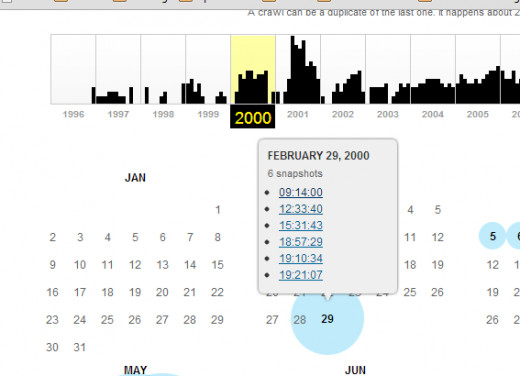
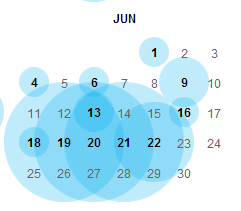
Sites to Lookup
- Your own website
- Your HubPages page
- Your work website
- Family and friend's websites
- Your favorite website
- Yahoo
- Bookmarks that no longer work
- Any website that shows “404 cannot be found”
Have you ever used the Wayback Machine?
Important Links
- Internet Archive: Wayback Machine
The home of The Wayback Machine. - Internet Archive: Digital Library of Free Books, Movies, Music & Wayback Machine
Internet Archive is a non-profit digital library offering free universal access to books, movies & music, as well as 245 billion archived web pages. - Alexa - The Web Information Company
Alexa provides information about websites including Top Sites, Internet Traffic Stats and Metrics, Related Links, Online Reviews Contact Information and Search Analytics for SEM and SEO optimization.



